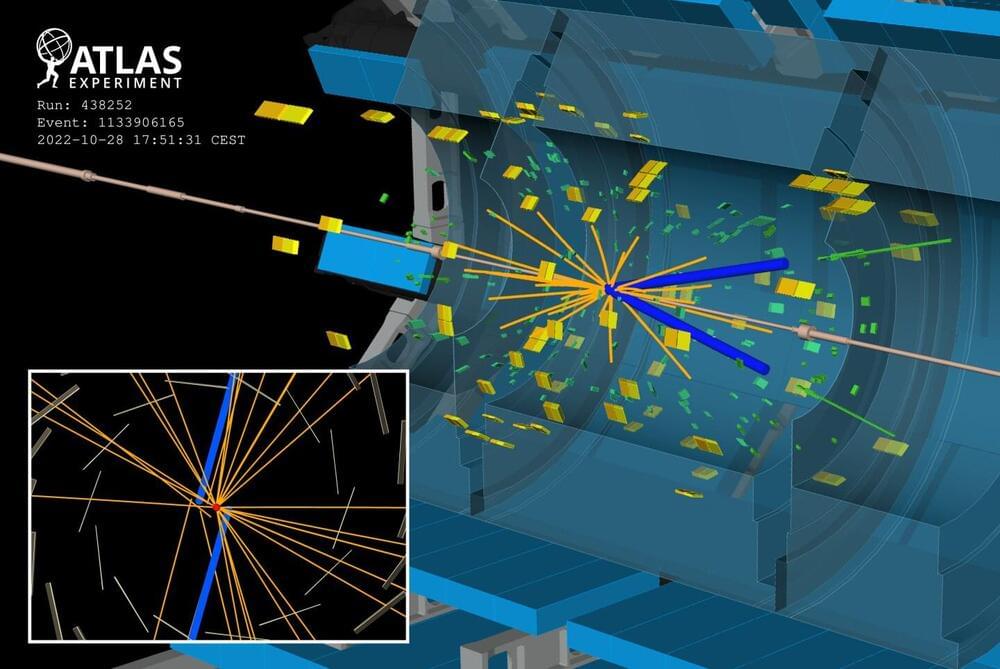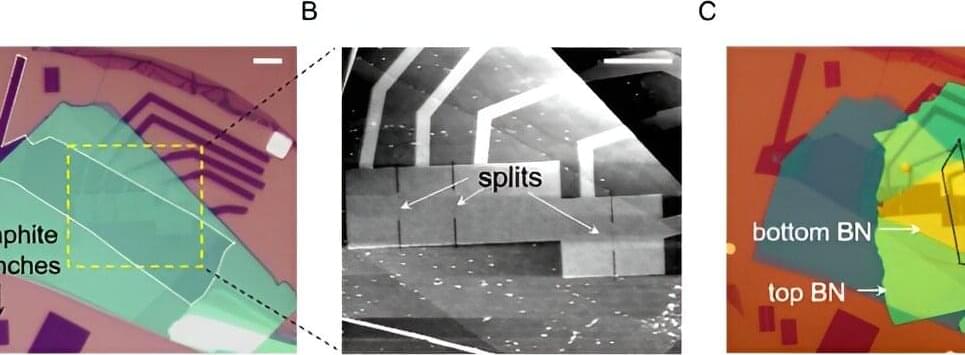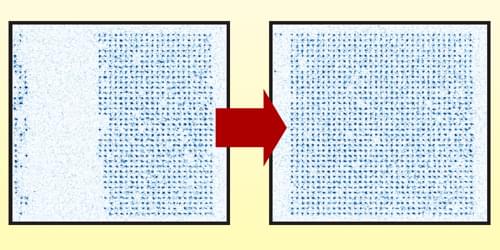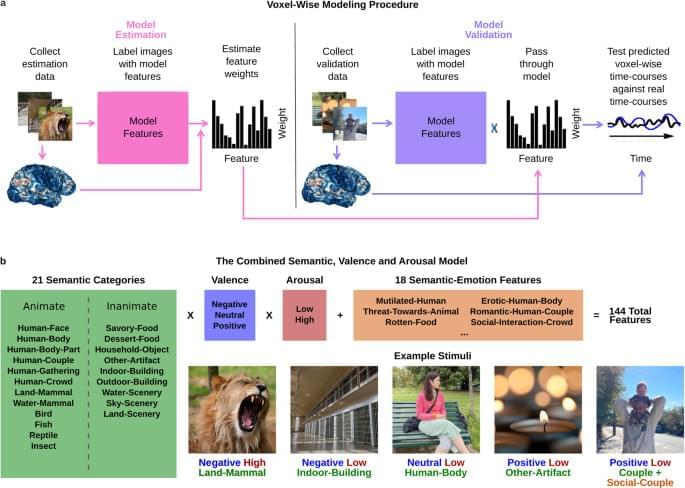Jul 27, 2024
Novel tunable ultrasonic liquid crystal light diffuser paves the way for next-gen indoor lighting
Posted by Saúl Morales Rodriguéz in categories: energy, materials
This results in differences in the acoustic energy between the LC layers, glass disks, and the surrounding air, inducing an acoustic radiation force acting at the LC layer and glass disk boundary. This effect changes the molecular orientation of the LC layers, altering the transmitted light distribution. By changing the electrodes to which the input voltage is applied, the direction of the molecular orientation and therefore the diffusion directivity can be easily rotated.
The researchers investigated the diffusion characteristics of the device and found that the diffusion angle depends on the input voltage amplitude and is maximized at 16 V. Above this voltage amplitude, the diffused light can become unstable. Additionally, the transmitted light distribution depends on the polarization of incident light.
“Light diffusers that allow control over diffusion directivity can reduce energy consumption and enable users to tune the light distribution to their taste, resulting in better aesthetics Our device marks the first report of an ultrasonically controllable optical diffuser based on LC material, providing users control over diffusion directivity within a small space,” said Prof. Koyama.


















